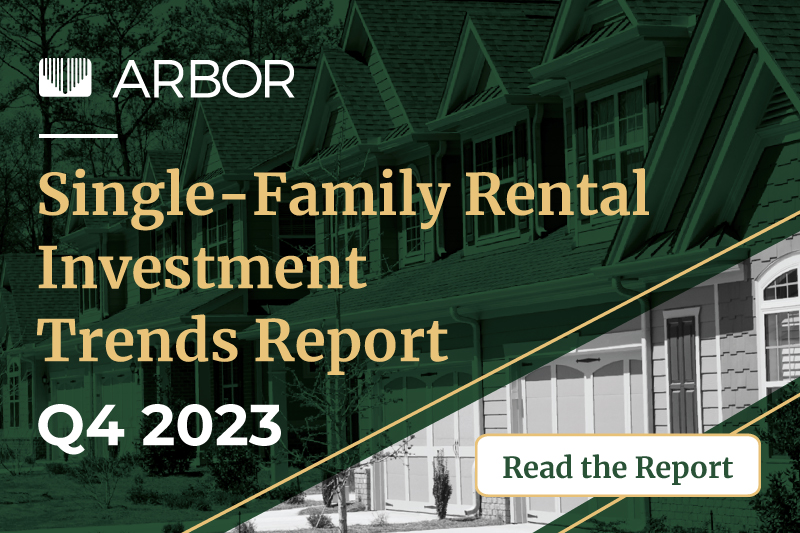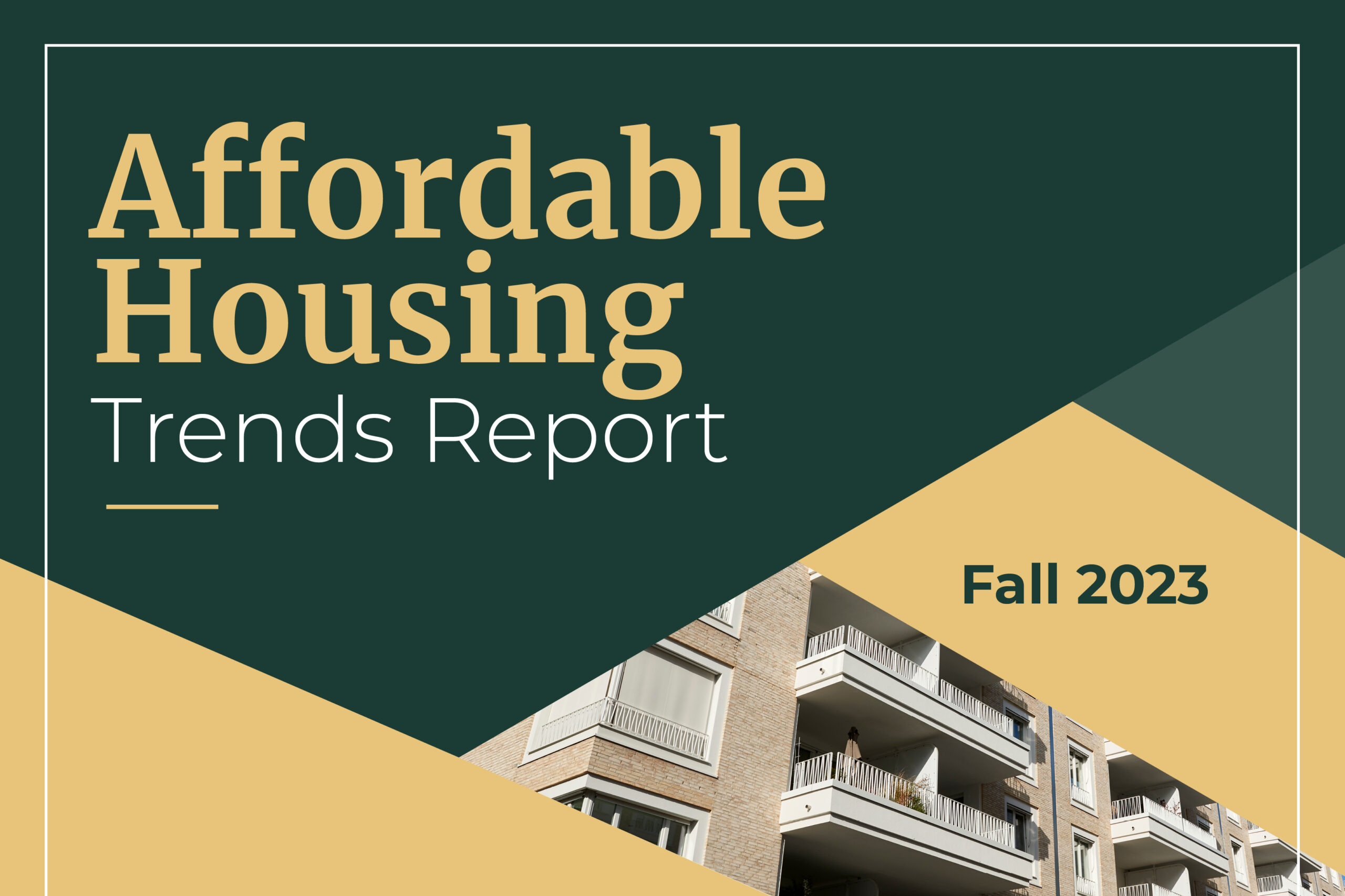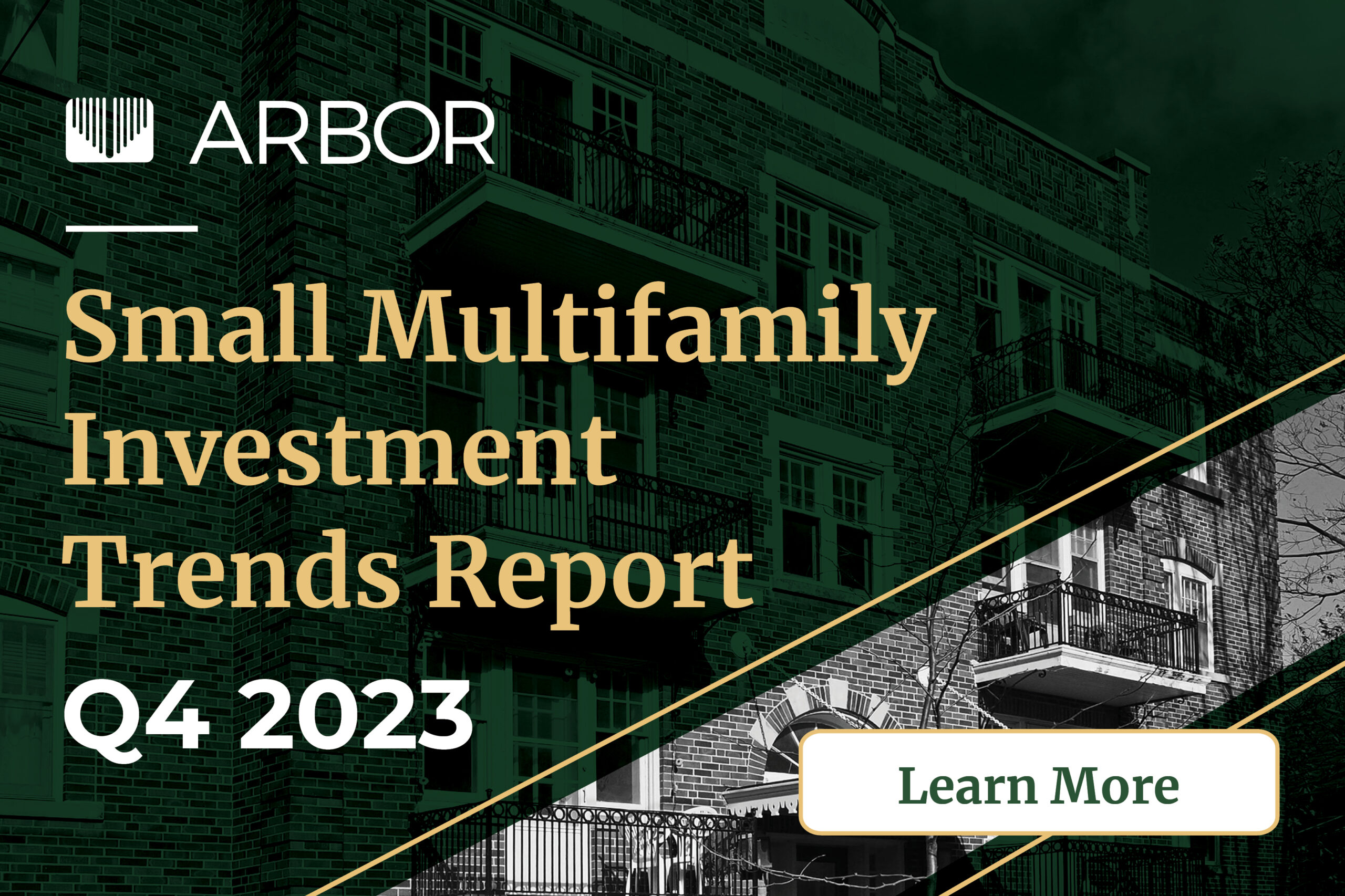Articles
While the overall pace of new multifamily permitting per capita in the U.S. slowed recently, it has picked up momentum in pockets of the country, especially the Midwest. In the first two quarters of 2024, Madison, WI, Columbus, OH, and Omaha, NE, were among the major metropolitan markets posting solid permitting gains, another sign of multifamily’s strength in all cycles.
Analysis
The U.S. multifamily market followed the quick pandemic contraction with a strong recovery, and has now normalized into a more stable cycle. Demand remained strong across the country, with a wide variety of markets among the leaders for rent growth.
Articles
Did you know that more U.S. renters now spend over 30% of their income on housing and utilities than at any other time on record? Limited affordable housing options not only increase the rent burdens of low-income tenants but disrupt physical and mental health, underscoring the need for the creation and preservation of more affordable housing units nationwide. Quality affordable housing adds stability to communities and supports healthier environments that can significantly improve well-being.
Analysis
After skyrocketing through a boom cycle over the past two years, the U.S. multifamily market settled into a cycle of stabilization in the first half of 2024. Rents held steady, occupancy increased, and vacancy rates remained in line with historical averages, while investor sentiment remained positive.
Articles
Single-family rental (SFR) CMBS issuance saw a sizeable pickup through the first half of 2024, with $4.2 billion in new issuance, placing it on pace to at least triple last year’s annual total.
Articles
Build-to-rent (BTR), a compelling solution to the U.S. housing market’s evolving needs, is experiencing record growth. BTR accounted for 8% of all single-family rental (SFR) construction starts in the 12 months that ended in the first quarter of 2024, according to Arbor’s Single-Family Rental Investment Trends Report Q2 2024. As the need for quality rental units remains high, borrowers have much to gain from partnering with an experienced lender who specializes in build-to-rent financing.
Articles
Whether you are just beginning your investing journey or are looking to take your portfolio to the next level, Arbor stands ready with our talented team and decades of expertise. Given our vast experience and national footprint of successful deals, we are familiar with many common commercial real estate investor questions, such as the ones answered in this article.
Articles
With the macroeconomy maintaining its underlying strength and a handful of rate cuts expected by the Fed within the next 18 months, green shoots of optimism within the multifamily sector are multiplying. Even as high interest rates impede normal operations, stabilization is underway while the sector’s long-term prospects remain unwavering. In this deep dive, our research teams will explore the tailwinds underpinning the multifamily sector’s short- and long-term outlook.







